Quick Qi Gong Meditation Hack For Empaths And Healers That Helps Beat Anxiety, Stress And Overwhelm. A short simple qi gong meditation technique that empaths, sensitives and energy workers can …
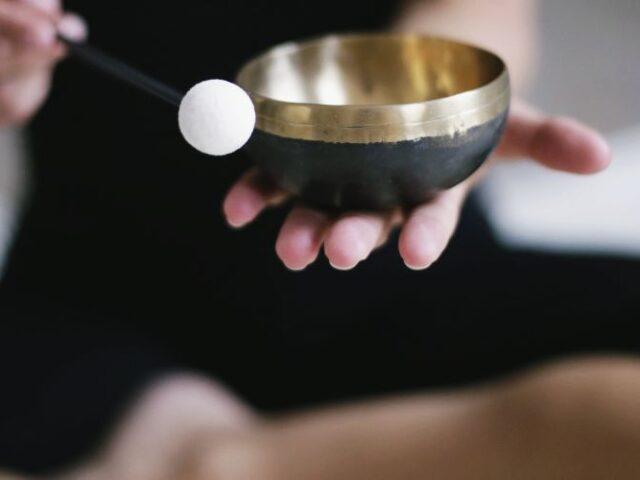 Empath Empowerment Healer Meditation
Empath Empowerment Healer MeditationQuick Qi Gong Meditation Hack For Empaths And Healers
 Healing Lightwork Meditation Therapy
Healing Lightwork Meditation TherapyThe Powerful Benefits Of Colour Therapy Healing
The Powerful Benefits Of Colour Therapy Healing. What is Colour Therapy and Colour Healing? How can you use colour healing therapy in your own life, in your healing or coaching …
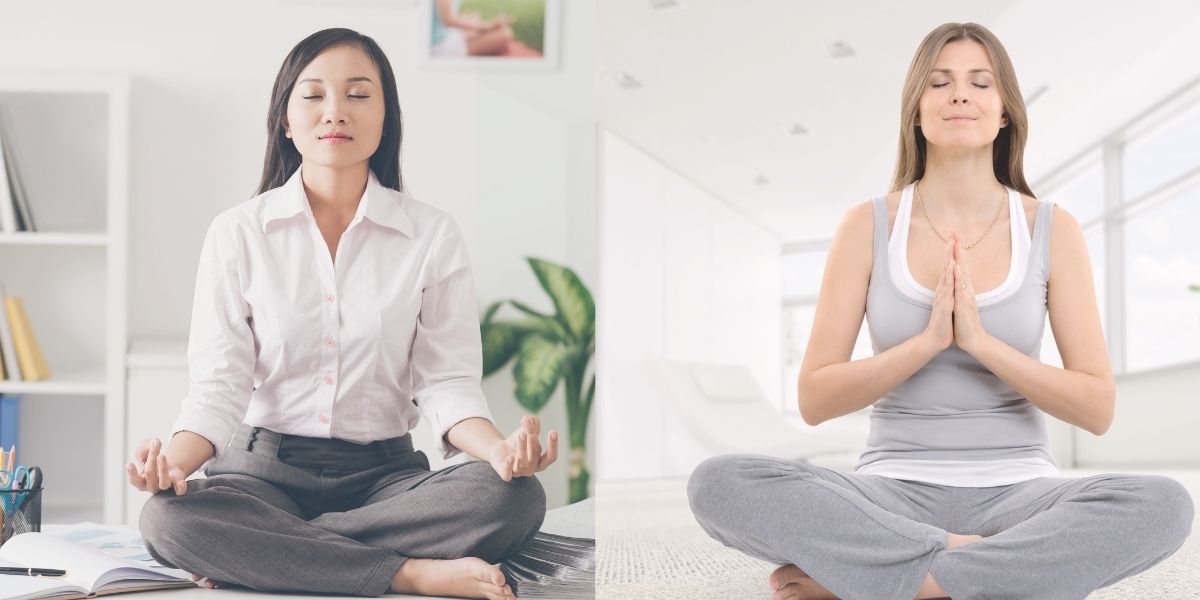 Highly Sensitive Person Empath Meditation Stress
Highly Sensitive Person Empath Meditation StressWhy Every HSP Should Learn How To Meditate Daily
Why Every HSP Highly Sensitive Person Should Learn How To Meditate Daily. Why meditation helps the HSP. Why daily meditation can help the Highly Sensitive Person or even Empath become …
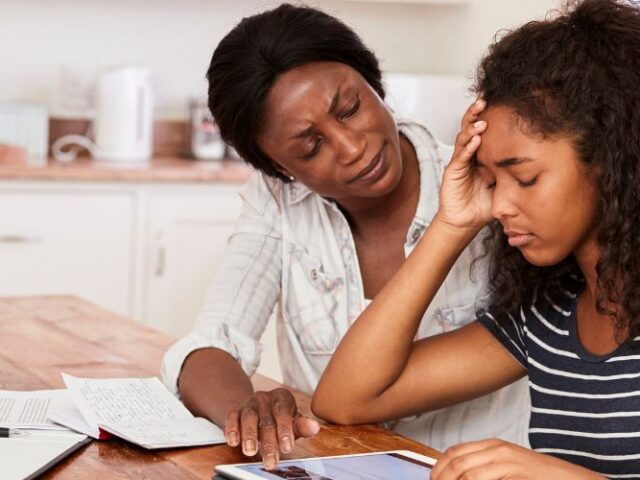 Stress Management Aromatherapy Holistic Meditation Parenting Stress
Stress Management Aromatherapy Holistic Meditation Parenting StressHow To Reduce Teen Exam Stress
8 Ways How To Reduce Teenage Exam Stress And Anxiety Top tips on helping reduce student and teenage study and exam stress, hep your teen feel more calm, confident and …
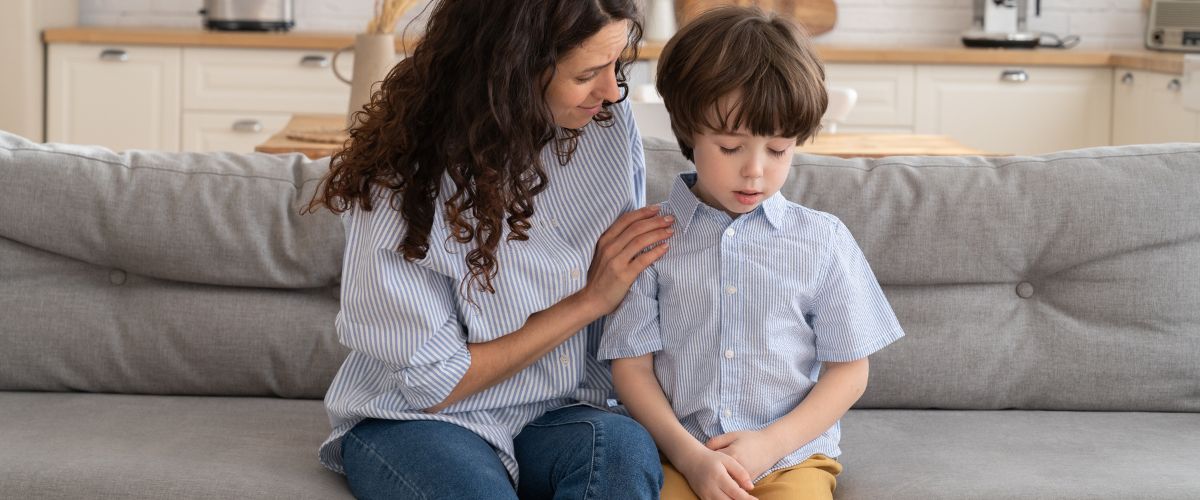 Holistic Aromatherapy Essential Oil Meditation Parenting Sensitive Kids Stress Management
Holistic Aromatherapy Essential Oil Meditation Parenting Sensitive Kids Stress Management7 Ways To Calm Down A Hyperactive Child
How To Calm Down A Hyperactive Child Top tips how to calm down an overstimulated hyperactive child or child with ADHD. Understanding hyperactivity and children and how to deal with …
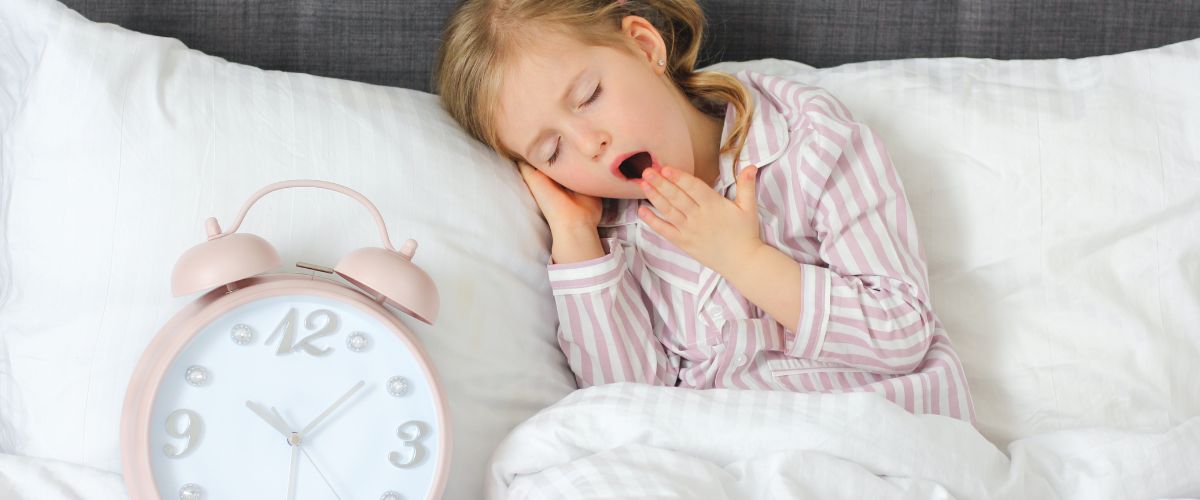 Sleep Meditation Parenting Therapy
Sleep Meditation Parenting Therapy5 Tips For A Calm Bedtime Routine For Your Child
How To Create A Calm Bedtime Routine For Your Child. Simple ways to create a happy healthy and calm bedtime routine for your kids and teenagers. For so many …
 Empowerment Meditation Parenting Purpose Stress Management
Empowerment Meditation Parenting Purpose Stress Management5 Ways To Empower Your Child For Life
5 Ways To Empower Your Child With Life Long Skills How to empower your child in the most healthy way, how to give them powerful life skills that will support …
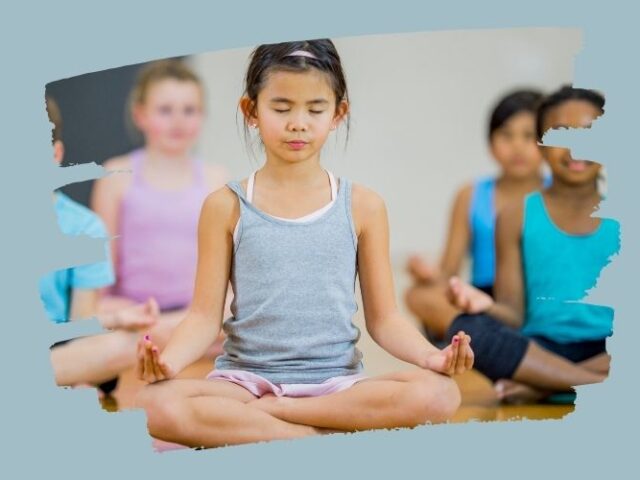 Meditation Holistic Parenting Stress Management
Meditation Holistic Parenting Stress ManagementBig Benefits of Meditation And Mindfulness For Children
Benefits Of Meditation And Mindfulness For Children So What Are The Healthy Benefits Of Meditation And Mindfulness For Children? Well sadly over the last few decades we have we are …
